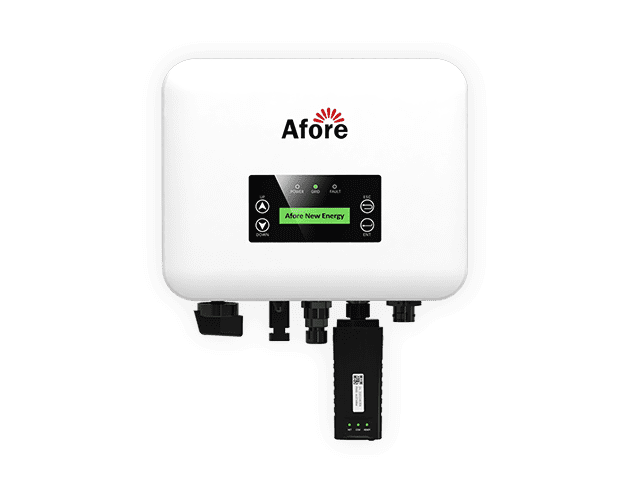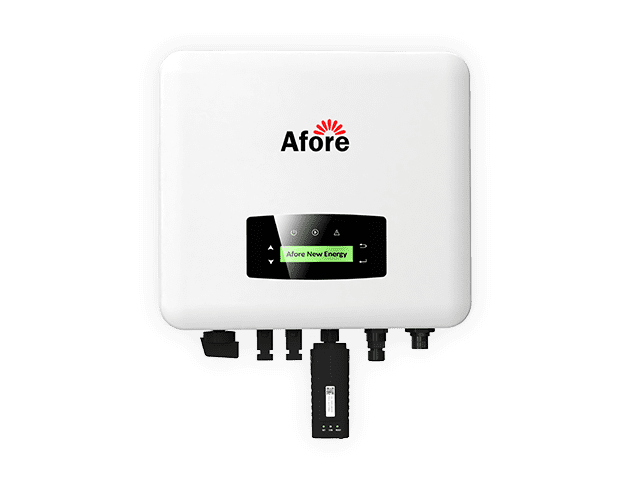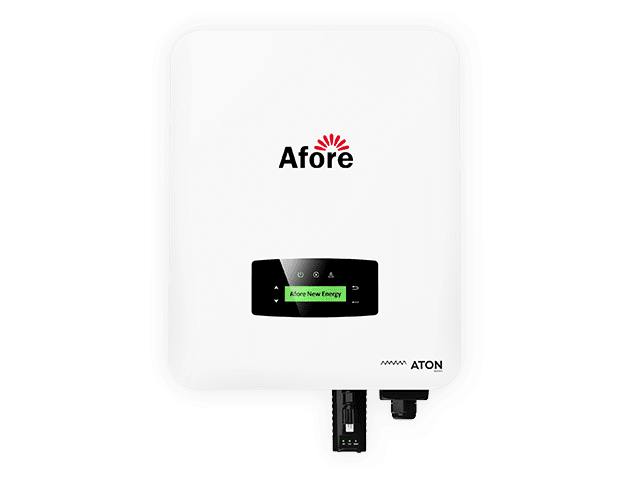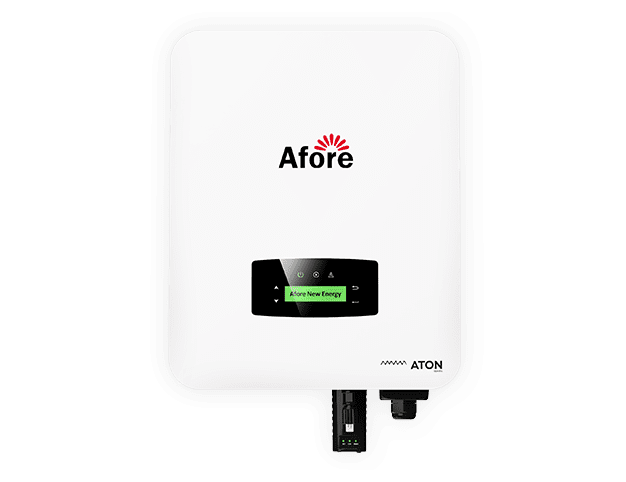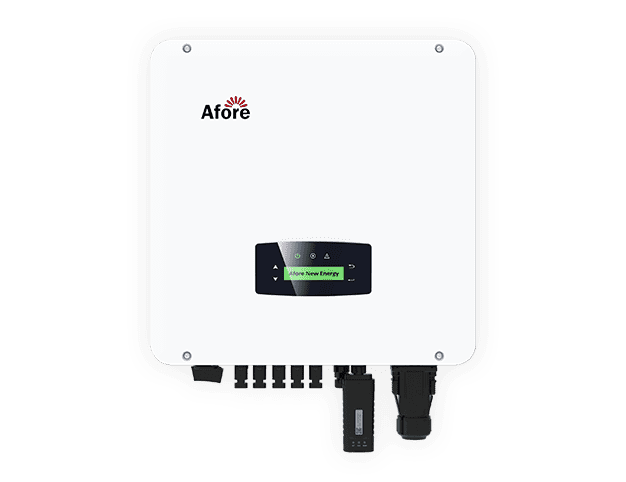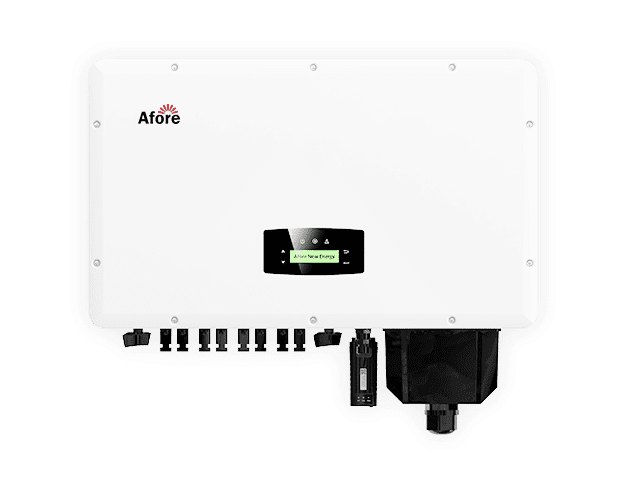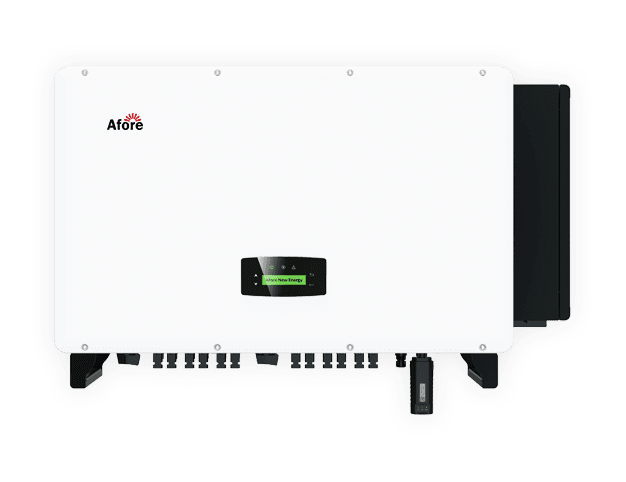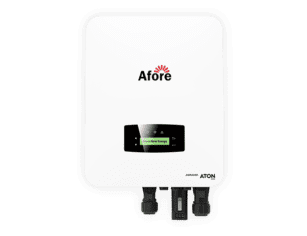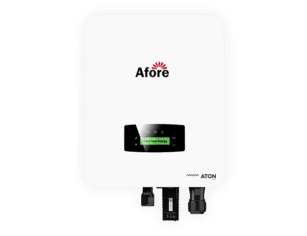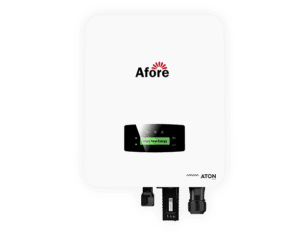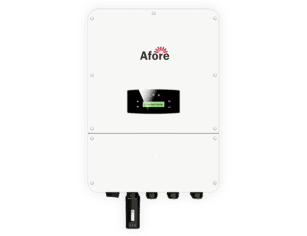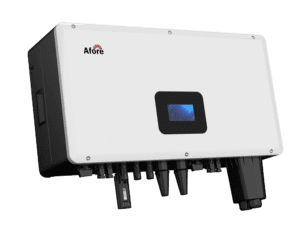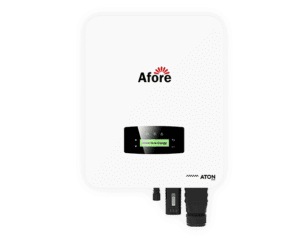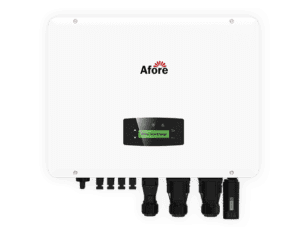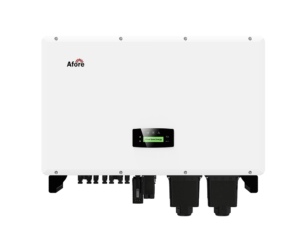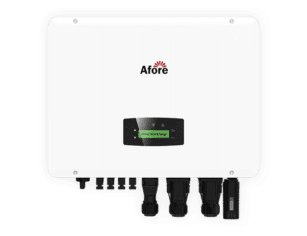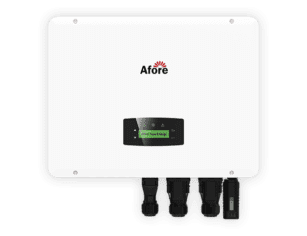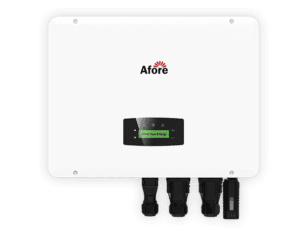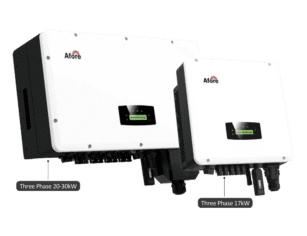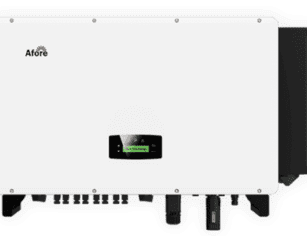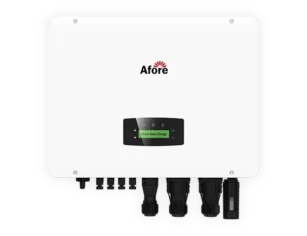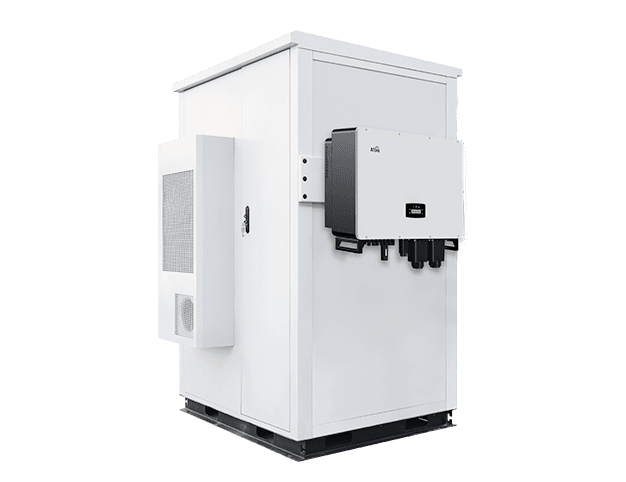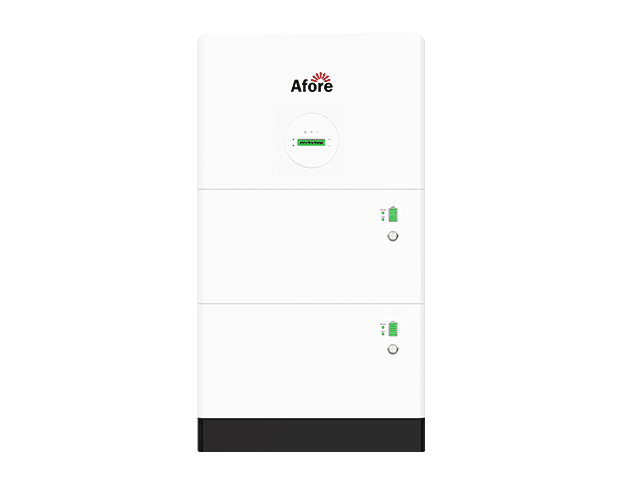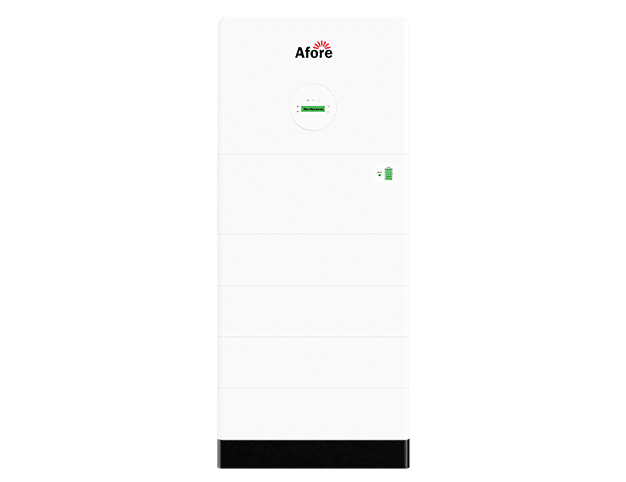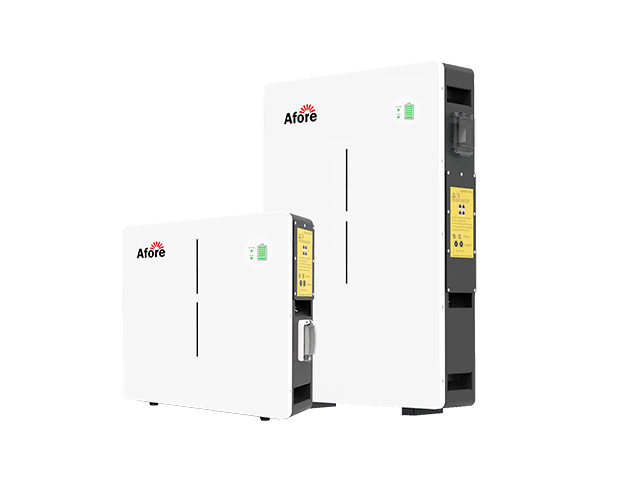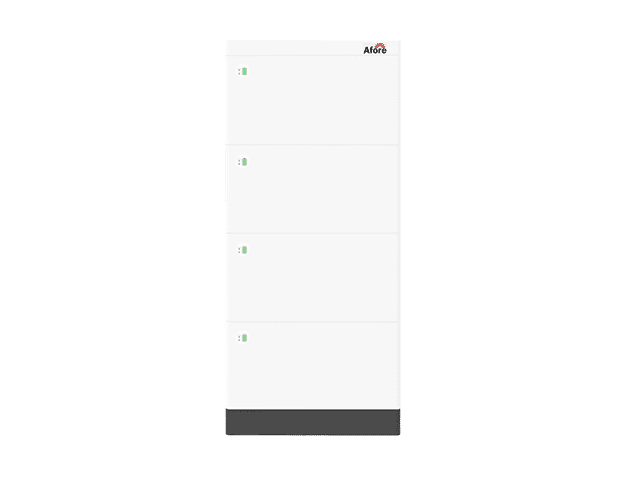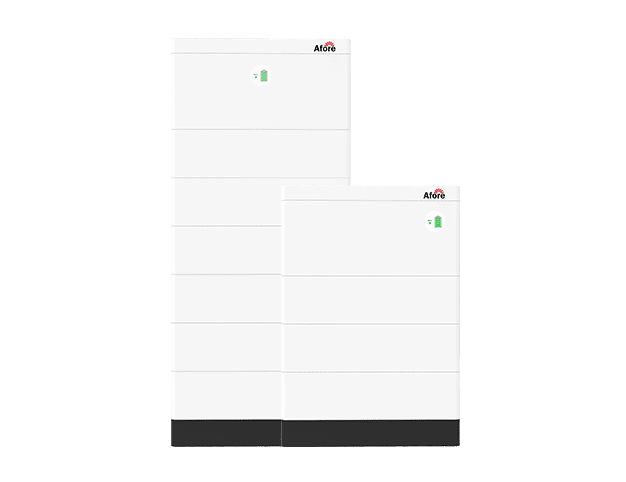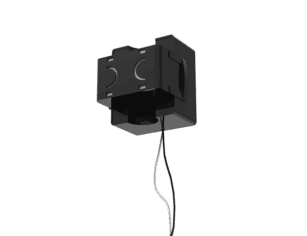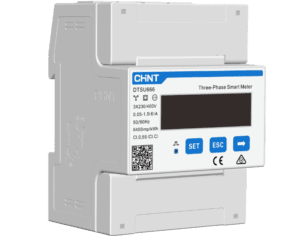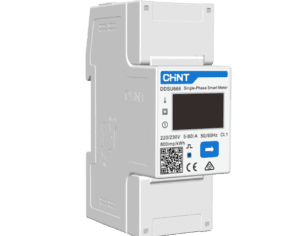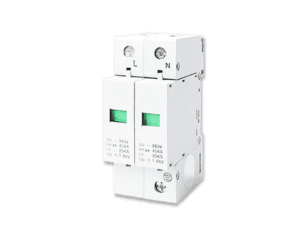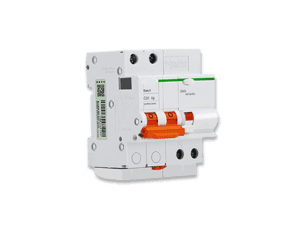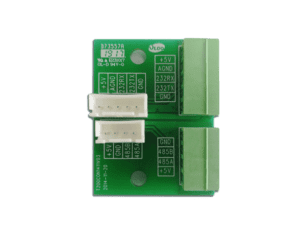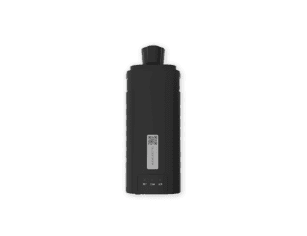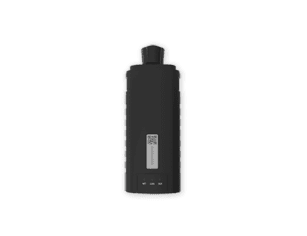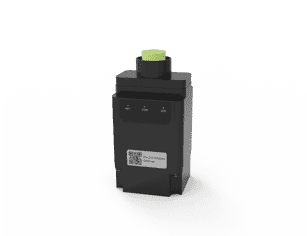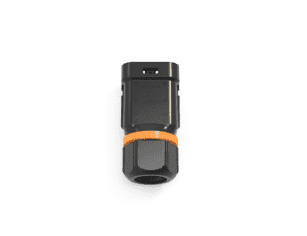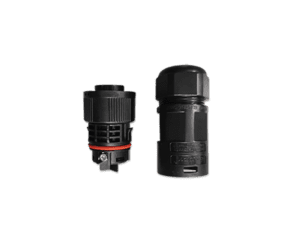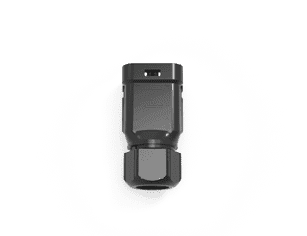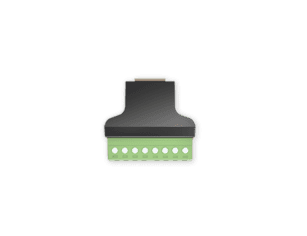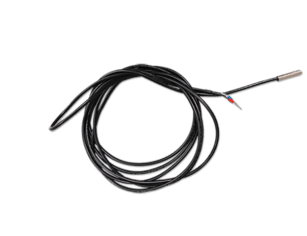Hybrid On Grid Inverter: Smart Solar Energy Solution Explained
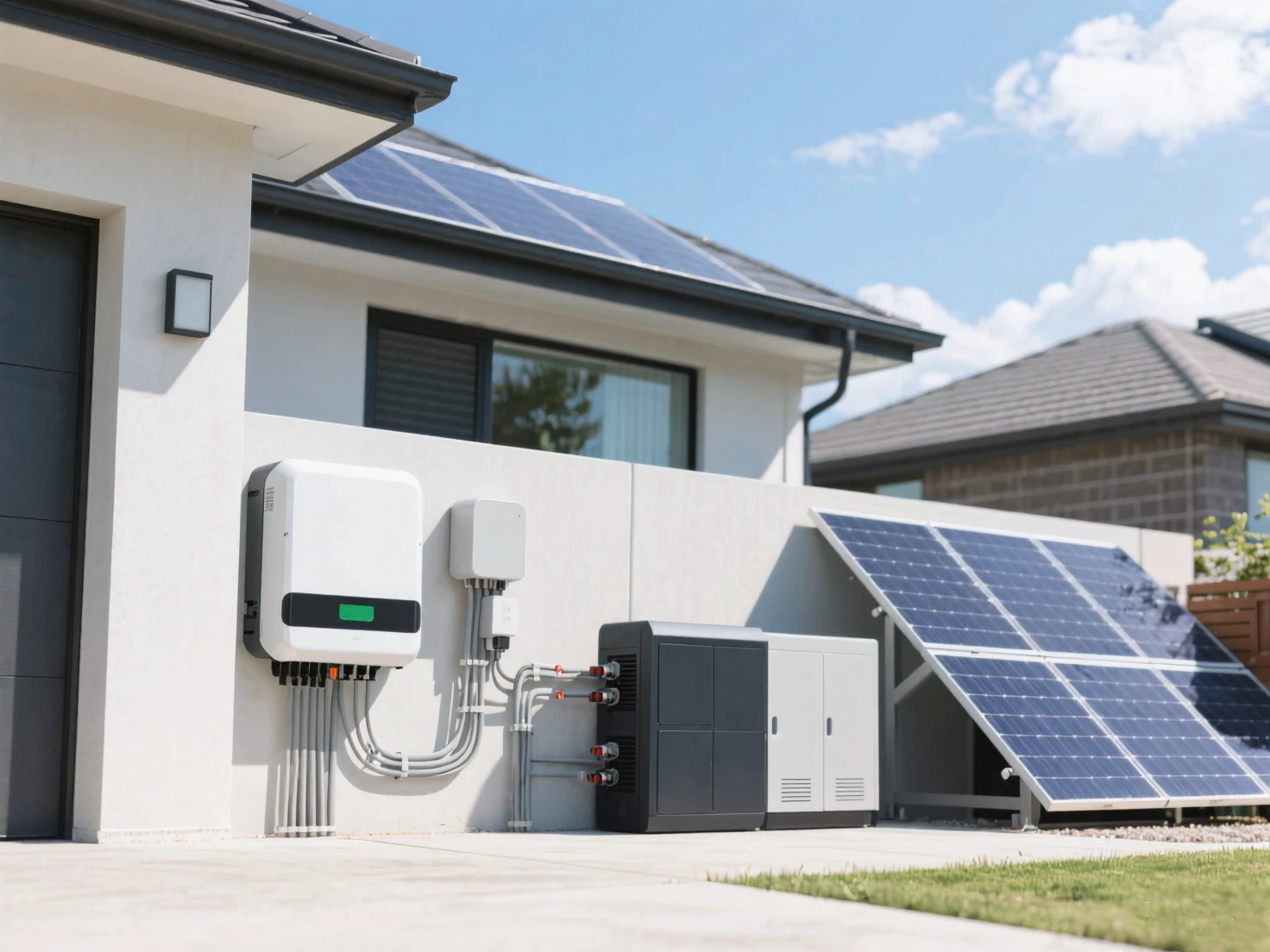
Spis treści
If you’ve recently dived into the world of solar energy, chances are you’ve come across the term hybrid on grid inverter. But what exactly is it? And why is it becoming the centerpiece of modern solar power systems? Whether you’re a homeowner, a business owner, or simply curious about solar technology, understanding this device will empower you to make smarter energy choices.
In this comprehensive guide, we’ll break down everything you need to know about the hybrid on grid inverter—from its fundamental workings, advantages, and drawbacks, to how it stacks up against other inverters like off-grid inverters. We’ll also answer the most pressing FAQs to clear any lingering doubts. Ready? Let’s get started!
Understanding the Basics of Solar Inverters
What Is a Solar Inverter?
At the heart of every solar power system lies a crucial component: the solar inverter. Its job might sound simple but is absolutely vital—it converts the direct current (DC) electricity generated by your solar panels into alternating current (AC) electricity, which is what your home appliances and the electrical grid use.
Without a solar inverter, your solar panels’ energy would remain trapped as DC, making it unusable for everyday devices. This essential conversion process is why the solar inverter is often called the “brain” or “heart” of the solar power setup.
Types of Solar Inverters Explained
Not all solar inverters are created equal. Let’s take a quick tour of the common types you’ll encounter:
- String Inverters: The most common and cost-effective, string inverters connect multiple solar panels in series. However, their efficiency can dip if one panel underperforms.
- Microinverters: These are small inverters installed on each solar panel. They maximize energy harvest at the panel level but come with a higher price tag.
- Off-Grid Inverters: Designed for remote locations without grid access, these inverters manage energy independently, usually paired with battery banks.
- Grid-Tied Inverters: The most widespread type, grid-tied inverters connect solar systems directly to the electrical grid, allowing you to sell excess power back to the utility.
- Hybrid Inverters: Combining the best of both worlds, hybrid inverters integrate grid connectivity with battery storage capabilities, offering enhanced flexibility and control.
Hybrid On-Grid Inverter: Definition and Core Functionality
What Is a Hybrid On-Grid Inverter?
Simply put, a hybrid on grid inverter is a versatile solar inverter that links your solar panels to both the grid and a battery storage system. Unlike a standard grid-tied inverter that feeds solar power straight to the grid or your home, a hybrid inverter can store surplus energy in batteries and draw from them when needed.
This means during peak sunshine hours, excess energy can be saved for nighttime use or power outages, while you can still sell surplus power back to the grid. It’s like having your cake and eating it too—a perfect blend of energy independence and utility connection.
Key Components and How It Works
The beauty of a hybrid on grid inverter lies in its integrated design, which typically includes:
- PV Input: The direct connection to your solar panels where DC power flows in.
- Grid Connection: Linking the system to the public electrical grid for power import/export.
- Battery Interface: A dedicated channel to charge and discharge your home battery bank.
- Load Management: Intelligent control systems that prioritize energy sources depending on availability, cost, and demand.
This seamless orchestration enables the hybrid inverter to optimize your solar system’s performance, ensuring you always use the most economical and sustainable energy source.
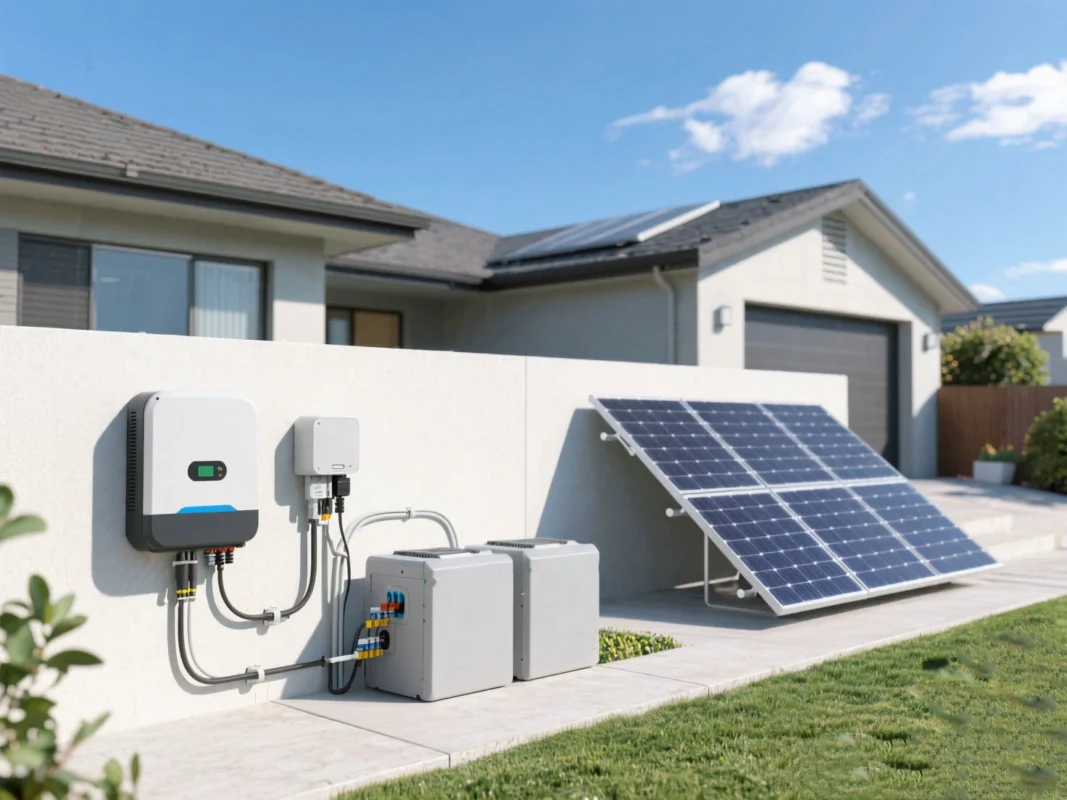
Hybrid Inverter Capabilities: On-Grid and Off-Grid Use
Can a Hybrid Inverter Feed Power into the Grid?
Absolutely! One of the major advantages of a hybrid on grid inverter is its ability to feed surplus solar power back into the grid. This process, often governed by net metering policies, allows you to earn credits or reduce your electricity bill by supplying excess energy.
When your solar panels generate more electricity than your household consumes, the hybrid inverter directs this extra power to the grid rather than wasting it. This functionality not only maximizes your solar investment but also supports broader renewable energy adoption.
Can a Hybrid Inverter Work Off the Grid?
While primarily designed to operate with grid connectivity, hybrid inverters can switch to off-grid or backup mode during power outages. When the grid goes down, the inverter taps into the stored battery power to keep essential appliances running, ensuring energy resilience.
However, it’s important to note that hybrid inverters are not meant for full-time off-grid use. Their off-grid capability is typically limited to backup duration and depends on battery capacity. For fully off-grid homes, specialized off-grid inverters paired with larger battery systems are recommended.
Advantages of Using a Hybrid On-Grid Inverter
The hybrid on grid inverter is fast becoming a favorite among solar users for a variety of compelling reasons. It blends the benefits of traditional grid-tied solar inverters with cutting-edge battery storage technology, offering homeowners and businesses a smarter way to manage energy. Let’s dive deeper into the key advantages that make this device stand out.
Energy Independence and Backup Power
One of the most attractive features of a hybrid on grid inverter is the increased energy independence it offers. Unlike conventional grid-tied solar inverters, which send excess energy back to the utility grid but don’t store it, a hybrid inverter allows you to capture and save unused solar power in batteries for later use.
Imagine a sunny afternoon when your solar panels generate more electricity than your household needs. Instead of losing that extra power or selling it back to the grid at a low rate, the hybrid inverter charges your home battery. When night falls or during cloudy days, you draw from that stored energy, reducing or even eliminating your reliance on grid electricity.
This system also shines during power outages. Thanks to its backup power capability, a hybrid on grid inverter can automatically switch to battery power, keeping your critical appliances running when the grid fails. This level of resilience is invaluable, especially in areas with unreliable grid infrastructure or frequent blackouts.
Smart Energy Management
The brains behind the hybrid on grid inverter lie in its intelligent energy management system. This device doesn’t just convert power—it actively monitors and optimizes how your solar energy, battery storage, and grid electricity interact to maximize savings and efficiency.
For example, many hybrid inverters are equipped with advanced algorithms that analyze your household’s energy consumption patterns, weather forecasts, and electricity tariff schedules. They can decide the best time to use solar power directly, when to store excess energy, and when to draw from the battery versus the grid.
This capability enables strategies such as peak shaving, where the system reduces grid power consumption during expensive peak hours by relying on stored battery energy. It also supports time-of-use optimization, shifting your electricity use to when rates are lower. The result? Lower energy bills and smarter use of renewable energy without constant manual intervention.
Future-Proofing with Storage Options
Installing a hybrid on grid inverter is a savvy way to future-proof your solar system. Battery storage technology is rapidly advancing, and prices continue to drop. By choosing a hybrid inverter now, you ensure your solar setup can easily integrate batteries today or add more capacity later without a complete overhaul.
Unlike standard grid-tied solar inverters, which aren’t designed to manage batteries, hybrid inverters come ready to accommodate current and future energy storage needs. This modular approach means as your energy consumption grows or your interest in energy independence deepens, your system can grow with you—saving you money and hassle in the long run.
Moreover, hybrid inverters are often compatible with various battery chemistries, including lithium-ion and lead-acid, giving you flexibility to choose the best fit for your budget and performance expectations.
Sustainable and Eco-Friendly Energy Use
Beyond personal benefits, hybrid on grid inverters promote a greener, more sustainable lifestyle. By maximizing your self-consumption of solar energy and minimizing dependence on fossil-fuel-generated electricity from the grid, you significantly reduce your carbon footprint.
Feeding surplus solar power back into the grid helps reduce overall grid demand, supporting community-wide renewable energy adoption. Additionally, the ability to store excess solar energy means less wastage—every ray of sunlight captured is used effectively, not lost.
This efficient use of clean energy aligns perfectly with global efforts to combat climate change and transition toward renewable energy sources. Choosing a hybrid on grid inverter is not just a smart financial decision but also an investment in a healthier planet.
Disadvantages and Considerations
While the hybrid on grid inverter offers many advantages, it’s important to understand its limitations and what to consider before investing. Being aware of these factors will help you make an informed decision tailored to your energy needs and budget.
What Are the Disadvantages of Hybrid Inverters?
Despite their growing popularity, hybrid inverters do have some drawbacks worth considering. First and foremost is the higher upfront cost. Because hybrid inverters combine multiple functionalities—solar conversion, battery management, and grid interaction—their price is typically higher than standard grid-tied or off-grid inverters.
Installation complexity is another factor. Setting up a hybrid inverter system involves integrating solar panels, battery banks, and grid connections, often requiring experienced professionals to ensure safety and compliance with local electrical codes. This can lead to longer installation times and increased labor costs.
From an efficiency standpoint, hybrid inverters may experience slightly lower conversion efficiency compared to dedicated grid-tied or off-grid inverters. This is mainly due to the additional processes of managing battery charging and discharging, which can introduce some energy loss.
Finally, the battery backup capacity depends heavily on your battery size and type. Unlike fully off-grid systems designed to run entirely on stored power, hybrid inverters provide limited backup duration. This means during extended outages, your stored energy might not last long enough unless you invest in substantial battery capacity.
Hybrid Inverter vs Off-Grid Inverter: Which Is Better?
Choosing between a hybrid on grid inverter and an off-grid inverter largely depends on your unique circumstances and energy goals.
If you live in an area with a reliable grid connection and want the flexibility to store excess solar energy, reduce your electricity bills, and have backup power during outages, a hybrid inverter is often the superior choice. It seamlessly balances solar generation, battery storage, and grid use—offering convenience and cost savings.
Conversely, if you reside in a remote location with no access to the electrical grid or want complete energy independence, an off-grid inverter is more appropriate. Off-grid inverters are specifically designed to power your home solely from solar panels and batteries, without any grid interaction.
Here’s a quick comparison to clarify:
| Aspect | Hybrid On Grid Inverter | Off-Grid Inverter |
| Grid Connectivity | Tak | No |
| Battery Storage Integration | Tak | Tak |
| Backup Capability | Yes, limited by battery capacity | Yes, designed for full off-grid use |
| Installation Cost | Moderate to high | Generally higher |
| Best Use Case | Grid-connected homes with backup | Remote or grid-independent systems |
Ultimately, your choice should align with your location, budget, and how much control you want over your energy supply.
Lifespan and Maintenance Requirements
When investing in a hybrid on grid inverter, understanding its expected lifespan and maintenance needs is crucial for long-term satisfaction and performance.
Typically, a well-maintained hybrid inverter lasts between 10 to 15 years, though some high-quality models may operate efficiently beyond that. Lifespan can vary based on brand, environmental conditions (such as temperature and humidity), and how the system is used.
Regular maintenance is recommended to ensure optimal operation. This includes periodic inspections by qualified technicians, firmware updates when applicable, and monitoring battery health. Batteries, which are integral to hybrid systems, usually require their own maintenance and may need replacement every 5 to 10 years depending on type and usage.
Selecting reliable brands with strong warranties can provide peace of mind. Many manufacturers offer warranties ranging from 5 to 10 years on hybrid inverters, sometimes with options to extend coverage.
Being proactive with maintenance not only prolongs your hybrid inverter’s life but also helps you avoid costly repairs and downtime.
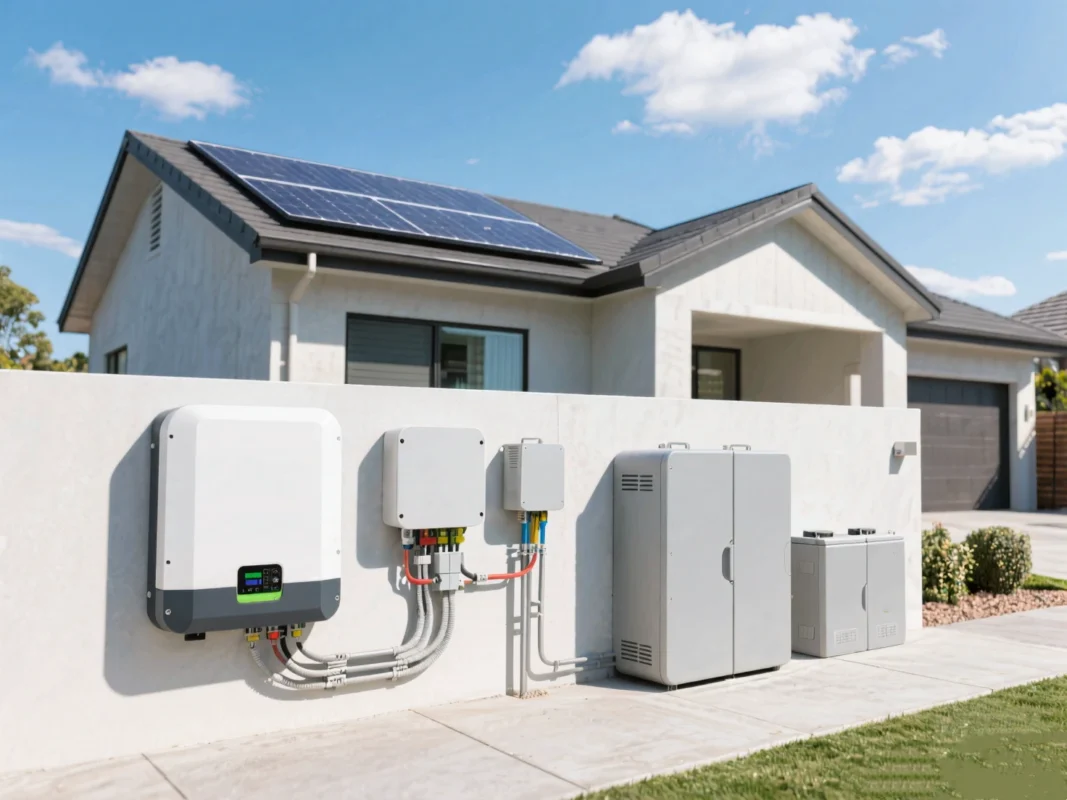
Choosing the Right Inverter for Your Solar System
Selecting the right inverter is a critical step in designing an efficient and reliable solar energy system. With a growing variety of inverter types available, understanding your specific needs, budget, and future plans will help you choose the best device—whether that’s a hybrid on grid inverter or another type of solar inverter.
Czynniki do rozważenia
When evaluating which inverter fits your solar setup, start by reflecting on these key considerations:
- Energy Goals: Are you primarily looking to reduce your electricity bills, gain backup power during outages, or achieve complete energy independence? For example, if you want to store excess solar energy and have seamless backup capabilities, a hybrid on grid inverter is an excellent choice.
- Grid Availability: If your home is connected to a stable utility grid, hybrid inverters enable you to leverage net metering and battery storage. Conversely, off-grid inverters are better suited for remote locations without grid access.
- Budget and ROI: While hybrid inverters typically have a higher initial cost than standard grid-tied inverters, their ability to integrate batteries and optimize energy use often results in substantial long-term savings. Consider your budget not just for the inverter, but also for batteries and installation.
- Compatibility: Ensure the inverter you choose is compatible with your solar panels and any existing battery storage. Hybrid inverters tend to offer greater flexibility in battery type and capacity.
- System Size and Scalability: Think about your current and future energy needs. Many hybrid on grid inverters are modular, allowing you to add battery capacity or expand your solar array over time without major changes.
By carefully weighing these factors, you can select an inverter that aligns with both your current energy demands and your long-term sustainability goals.
Brands and Technological Trends
The solar inverter market is evolving rapidly, with several reputable brands leading innovation in hybrid on grid inverter technology. Companies such as Przed is known for delivering reliable, efficient, and smart inverters tailored to diverse needs.
Recent technological trends include:
- Advanced Energy Management: Many hybrid inverters now come equipped with AI-driven software that optimizes energy flow based on your consumption patterns, weather forecasts, and electricity tariffs.
- Modular and Scalable Designs: To accommodate growing energy needs, inverters are being designed to easily integrate additional battery storage or solar arrays without full system replacements.
- Enhanced Connectivity: Remote monitoring via smartphone apps allows users to track system performance, energy production, and battery status in real time, making it easier to maximize savings.
- Improved Efficiency and Reliability: Newer inverter models boast higher conversion efficiencies and robust hardware designed to withstand harsh environmental conditions, extending lifespan and reducing maintenance.
Staying informed about these advances helps you choose an inverter that not only meets today’s requirements but also adapts to future energy technologies.
Professional Installation and Warranty Advice
Choosing the right inverter is only half the battle; professional installation and solid warranty coverage are equally vital to ensure your system’s longevity and safety.
- Professional Installation: Hybrid on grid inverter systems are complex, involving integration with solar panels, battery banks, and the electrical grid. Certified installers bring essential expertise to correctly size, wire, and configure your system while adhering to local electrical codes and regulations. Improper installation can lead to inefficiencies, safety risks, or voided warranties.
- Warranty and Support: Reputable inverter manufacturers typically offer warranties ranging from 5 to 10 years. When selecting an inverter, scrutinize the warranty terms carefully—do they cover parts, labor, and possible replacement? Some brands also provide extended warranty options for added peace of mind.
- After-Sales Service: Choose brands and installers known for responsive customer service and technical support. Post-installation monitoring, software updates, and maintenance assistance ensure your hybrid inverter continues to perform optimally.
By investing in professional installation and partnering with trustworthy manufacturers, you protect your investment and enjoy the full benefits of your hybrid on grid inverter system for years to come.
Wnioski
If you’re looking to enhance your solar system’s flexibility, boost energy independence, and safeguard against power outages—all while maintaining grid connectivity—a hybrid on grid inverter might be the perfect fit. With the ability to store excess solar energy, feed surplus power back to the grid, and provide backup during outages, it represents the next evolution in solar inverter technology.
Yes, it comes with a higher upfront cost and some complexity, but the long-term savings, environmental benefits, and peace of mind often outweigh these concerns. Always work with experienced professionals to design and install your system and choose trusted brands to ensure you get the best performance and durability.
In the fast-evolving world of solar energy, a hybrid on grid inverter isn’t just a device—it’s a smart investment in your energy future.
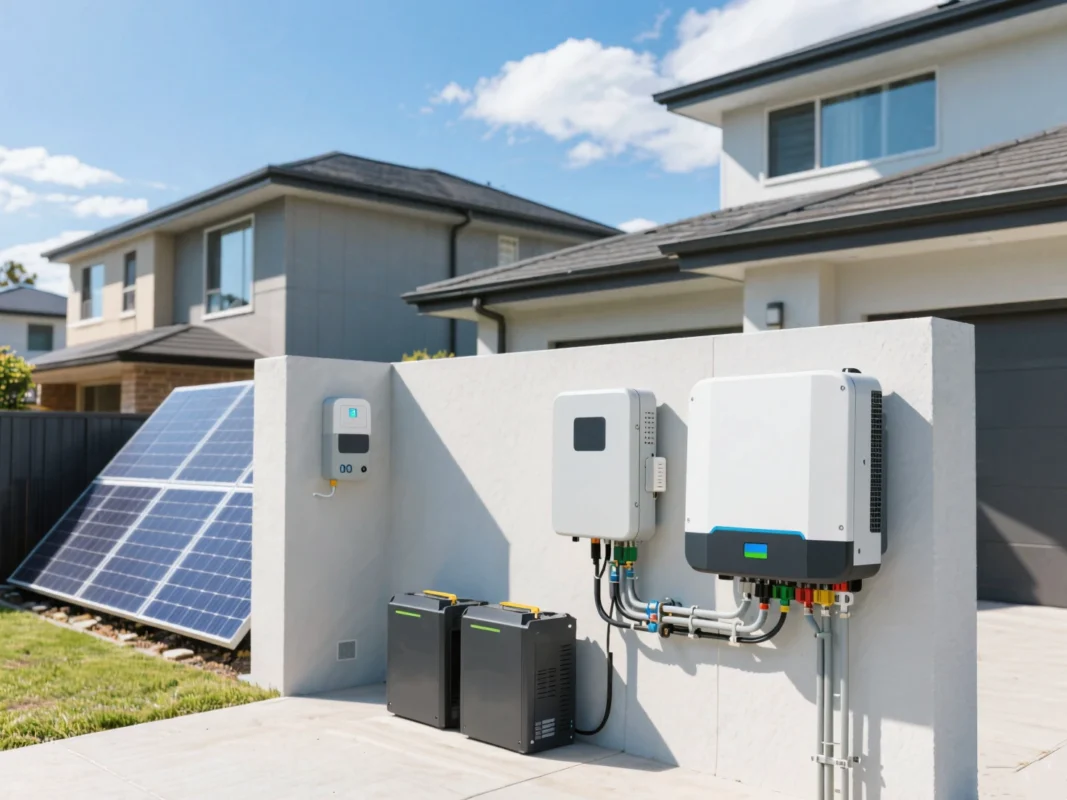
FAQs about Hybrid On-Grid Inverters
1. What is a hybrid on-grid inverter?
A hybrid on grid inverter is a versatile solar inverter that not only converts direct current (DC) electricity generated by your solar panels into alternating current (AC) for your home but also integrates battery storage management and grid connectivity. This means it can feed surplus solar power back to the grid, store excess energy in batteries, and provide backup power during outages. By combining these functions, hybrid inverters offer enhanced flexibility and efficiency compared to traditional solar inverters.
2. Can a hybrid inverter feed in the grid?
Yes, a hybrid inverter can feed electricity into the grid. When your solar panels generate more energy than your household consumes, the hybrid on grid inverter can export this surplus electricity to the utility grid. This feature allows you to benefit from net metering or feed-in tariffs, effectively reducing your electricity bills and maximizing the value of your solar system.
3. Can a hybrid inverter work off the grid?
While hybrid inverters are primarily designed for grid-connected systems, many models have the capability to operate in off-grid mode during power outages or when the grid is unavailable. Thanks to integrated battery storage, hybrid inverters can supply stored energy to your home independently. However, unlike dedicated off-grid inverters, hybrid inverters usually rely on the grid as the primary energy source and battery backup as secondary, so their off-grid functionality is limited by battery capacity.
4. What is the disadvantage of a hybrid inverter?
One notable disadvantage of hybrid inverters is the higher initial cost compared to standard grid-tied solar inverters. Because they combine multiple technologies—solar conversion, battery management, and grid interaction—their complexity increases installation and equipment costs. Additionally, hybrid inverters may have slightly lower efficiency due to managing energy flow between solar panels, batteries, and the grid. Another consideration is that backup power duration is limited by your battery size, which means prolonged outages may require additional battery investment.
5. Which is better, a hybrid or an off-grid inverter?
Choosing between a hybrid on grid inverter and an off-grid inverter depends on your energy needs and location. If you have access to a reliable utility grid and want to maximize solar self-consumption with backup capabilities, a hybrid inverter is generally better. It provides the flexibility of grid interaction, battery storage, and backup power in one system. Conversely, if you live in a remote area without grid access or seek total energy independence, an off-grid inverter designed solely for standalone operation is more appropriate.
6. What is the lifespan of a hybrid inverter?
The typical lifespan of a hybrid on grid inverter ranges from 10 to 15 years, depending on the brand, usage conditions, and maintenance. Environmental factors like temperature fluctuations and humidity can affect longevity, so choosing quality equipment and professional installation is key. Regular maintenance and firmware updates also help extend your inverter’s service life, ensuring consistent performance and protection for your solar investment.




